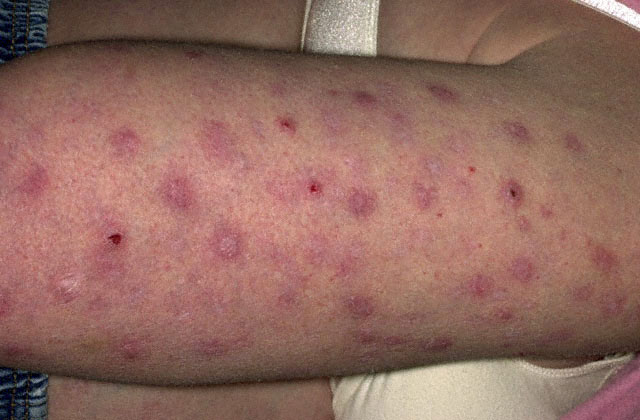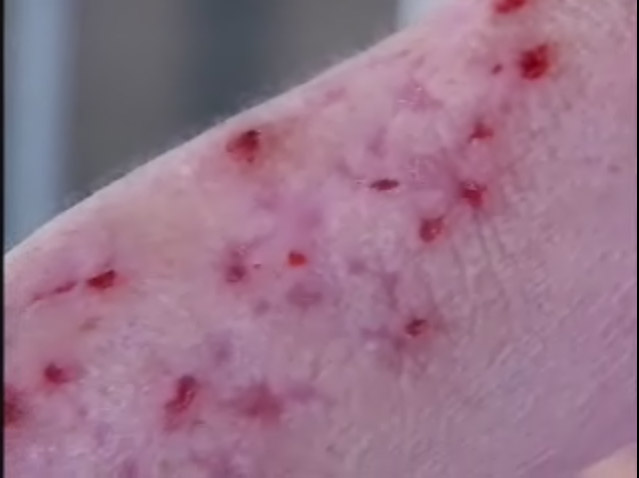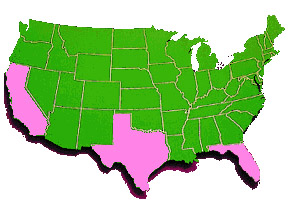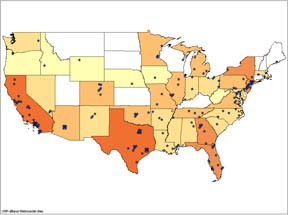The following Q&A is aimed at addressing some of the misconceptions regarding Morgellons that have been propagated in various media articles.
(Note: This will be a work in progress – please email me suggestions and corrections at Morgellonswatch@gmail.com)
Q) What is Morgellons Disease?
A) Morgellons is an proposed disease, unrecognized by doctors, promoted and self-diagnosed via the internet. People claiming to have Morgellons have widely differing symptoms, the most common of which is they feel they have been misdiagnosed by their doctors. Supporters claim the most notable feature is fibers emerging from the skin, yet everyone has fibers on their skin.
Q) Is Morgellons a real disease?
A) Not by conventional medical standards. The offered case definition is very long, and very vague. It fits a very large number of existing diseases, and simply suggest co-morbidity of a variety of conditions such as eczema, chronic fatigue and anxiety disorders. The “evidence” for Morgellons is entirely anecdotal.
Q) What is the History of Morgellons?
A) Morgellons was first proposed in 2002 by Mary Leitao, to explain her 3-year old son’s eczema. Leitao looked at her son’s skin under a microscope and found fibers on it, and decided she had discovered a new disease characterized by fibers emerging from lesions, and started a foundation. Her son’s eczema cleared up naturally. His symptoms did not include those of the more recent claims of Morgellons. The list of symptoms has rapidly expanded as more people registered. Leitao encouraged people to seek out fibers in their lesions. The idea of Morgellons was spread over the internet.
Q) Are the most cases in California, Texas and Florida?
A) Yes, because that’s where the most people are, those states have the highest populations. Morgellons is a self-diagnosed disease. People “register” over the internet by filling out a simple form on Morgellons.org.
Q) Who is Ginger Savely?
A) Ginger Savely is a nurse practitioner who was unable to find a doctor in Texas to supervise her practice, due to her unorthodox and possibly dangerous treatment of Lyme disease patients. She gives similar treatments to self-diagnosed Morgellons suffers. She is a member of the Morgellons Research Foundation, and co-authored an article on it with Leitao. She is active in the Media campaign, and is seeking new patients. She makes a living from selling her unorthodox treatments.
Q) Have researchers determined the fibers are not environmental?
A) No. Randy Wymore is the director of Research at Leitao’s MRF. He works on a volunteer basis using the facilities of OSU. He has been examining fibers sent (often anonymously) to him. Many fibers he would discard as environmental, but there were a few he could not identify. Not being able to identify a fiber is not the same as proving it is not environmental. Fibers go unidentified all the time in forensic cases. To prove it was not environmental, you would need to prove it was generated inside the body. This has not been done.
Q) Do most doctors dismiss Morgellons Sufferers as having Delusions of Parasitosis?
A) No. There are a wide range of things going on here. Doctors understand that people might mistakenly think fibers found on their skin are connected to their disease, without the patient being delusional. If a patient has lesions or itching, then there are a vast range of possible causes for this, and doctors would attempt to diagnose and treat them. Delusions would be diagnosed if the patient claims to see things that are not there. There are some people who are clearly delusional and who are highly resistant to any hint of a psychiatric diagnosis. These people are likely to latch onto anything they feel explains their symptoms.
Q) Do people “sweat black tar“?
A) No. Again this is based on one statement, and was then picked up by the media. This time Savely was quoted as saying: “These people will have like beads of sweat but it’s black and tarry“. She was probably referring to what other people call “black specks” (dried blood, necrotic tissue, or blackheads). The imagery was just to vivid for the press to pass up.
Q) Does Morgellons cause muscle twitching?
A) No. It’s not a real disease, but the list of supposed symptoms was extended to include “uncontrollable muscle twitching” after a report (May 2006) that former Oakland A’s pitcher Billy Koch has Morgellons. The extensive Morgellons Research Foundation’s “Case Definition“, written (Feb 14 2006) a few months before the Koch report, does not mention muscle twitching even as a secondary symptom.
Q) Is it odd that some fiber analysis shows some fibers to be made of cellulose, a molecule generally found in plants?
A) No, far from it. Cellulose is what the majority of environmental fibers are made from. Paper, tissues, cotton, q-tips, linen, ramie, rayon, tencel and lyocell are all made from nearly pure cellulose.
Q) Is it true that “Dermatologists claimed the filaments were all delusions, although none had studied them“?
A) No. Dermatologists often look at samples that patients bring in, in order to eliminate the possibility of parasitic infestation such as follicle mites, scabies or lice. Filaments themselves are not delusions, they are physical objects.
Q) Where do the Morgellons sufferers on TV come from, if this is not real?
A) From the internet. The TV report have been orchestrated by Ken Cowles, the MRF director of media relations. He seeks out people in the local area who have registered with the MRF, and sets up interviews, and supplies photographs and video. The people featured are often active in promoting Morgellons on internet message boards. For example, the Alabama WKRG report featured the family of Leigh Ann Cofield, very active on the Lymebusters forum




